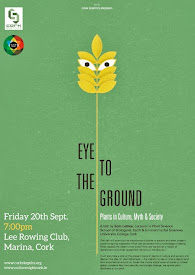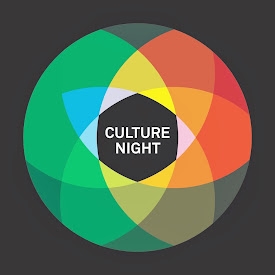Christmas Science 14: Misteltoe
In the run up to Christmas, Communicate Science offers you 20 Christmas Science Facts. We'll post one every day until the 25th December.
Mistletoe
Mistletoe is the common name for the hemi-parasitic plant Viscum album (European Mistletoe) and is a familiar sight in homes at this time of year.
The term hemi-parasitic means that the plant is both a parasite (i.e. it obtains nutrients and water from a host plant), but that it also photosynthesises itself, to some degree. It's a sort of a middle ground between being completely parasitic and completely free-living.
Viscum album can parasitise over 200 tree and shrub species and can kill these trees eventually. While the plant is poisonous to humans, an array of animals depend on it for food in the wild.
The plant has featured in folklore since Greek mythology and is today (at least in English-speaking countries) hung in the home during the Christmas season. Two people meeting under the mistletoe are obliged to kiss.
The BBC report that Mistletoe may be under threat in the UK.
Mistletoe
Mistletoe is the common name for the hemi-parasitic plant Viscum album (European Mistletoe) and is a familiar sight in homes at this time of year.
The term hemi-parasitic means that the plant is both a parasite (i.e. it obtains nutrients and water from a host plant), but that it also photosynthesises itself, to some degree. It's a sort of a middle ground between being completely parasitic and completely free-living.
Viscum album can parasitise over 200 tree and shrub species and can kill these trees eventually. While the plant is poisonous to humans, an array of animals depend on it for food in the wild.
The plant has featured in folklore since Greek mythology and is today (at least in English-speaking countries) hung in the home during the Christmas season. Two people meeting under the mistletoe are obliged to kiss.
The BBC report that Mistletoe may be under threat in the UK.

























0 comments:
Post a Comment